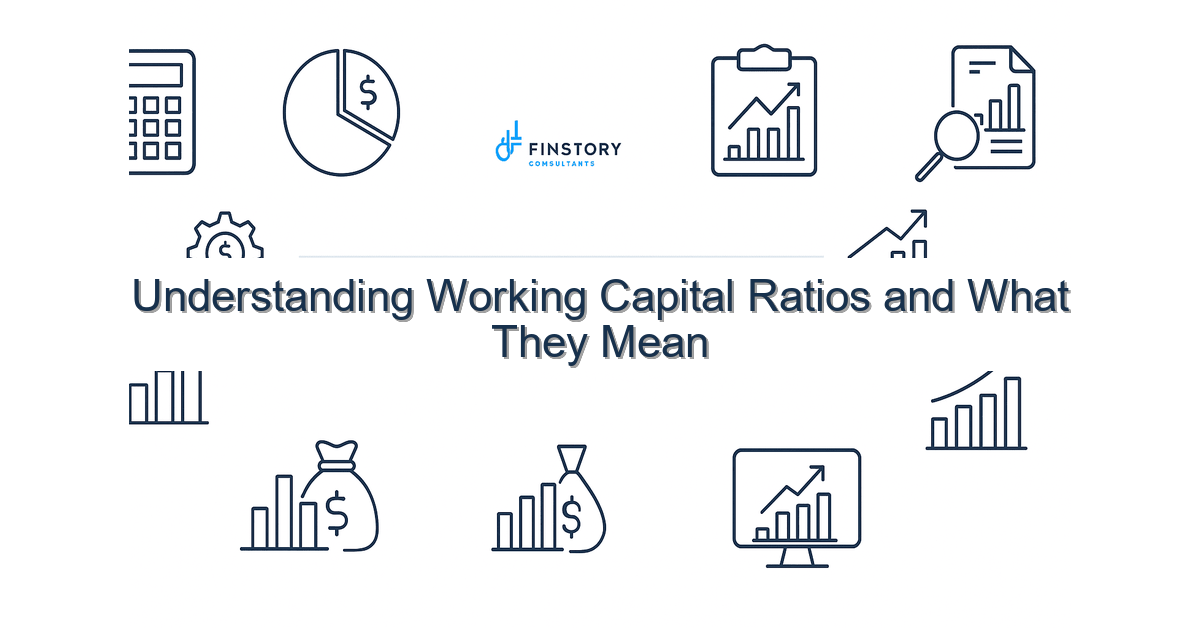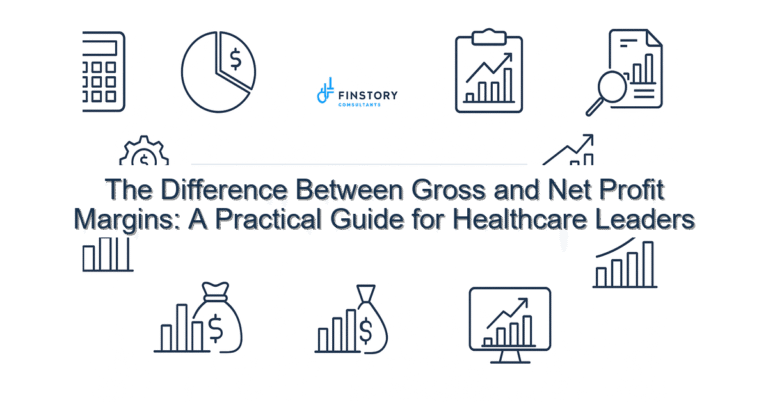Understanding Working Capital Ratios and What They Mean
We know the hospital CFO’s dilemma: surgeries are scheduled, payers lag, supplies pile up, and the board asks why cash is tight. Working capital ratios are the blunt and precise tools that help you see where cash is trapped—and where to free it.
Summary: Understand the core working capital ratios (current, quick, DSO, DPO, DIO, and cash conversion cycle), know the common traps healthcare leaders fall into, and use a short, practical framework to shorten the cash cycle and improve liquidity—so you can fund operations and strategic priorities without surprise shortfalls.
What’s the real problem?
In healthcare, working capital problems usually aren’t about profitability. They’re about timing: revenue recognition, payer delays, inventory sitting in storerooms, and bills due now. That gap between money in and money out constrains operations, forces borrowing, and slows strategic work.
- Accounts receivable aging climbs—cash tied up in 60–120+ day buckets.
- Supply costs spike while inventory turnover slows—consumables sit unused.
- Short-term borrowing or overdrafts increase, adding interest and administrative strain.
- Finance spends too much time reconciling numbers and not enough time improving processes.
What leaders get wrong
Leaders often treat working capital as a reporting line item instead of a cross-functional process. They expect finance to fix it solo. They rely on single-ratio targets or industry benchmarks without context. And they assume IT or automation alone will solve operational friction.
- Focusing only on the current ratio or cash balance, ignoring the drivers (AR, AP, inventory).
- Applying one-size-fits-all targets from other industries—healthcare reimbursements and inventory dynamics differ.
- Implementing technology without process change, so automation just speeds up bad workflows.
A better approach
Shift from passive reporting to active management. Treat working capital as an operational KPI owned jointly by finance, revenue cycle, supply chain, and clinical leaders.
- Measure the drivers: DSO (days sales outstanding), DPO (days payable outstanding), DIO (days inventory outstanding), and CCC (cash conversion cycle).
- Diagnose root causes by line of service—ED, inpatient, ambulatory—because payer mix and denials vary.
- Prioritize quick wins: reduce denial rates, expedite high-dollar claim resolution, and rationalize inventory SKUs.
- Standardize a rolling 13-week cash forecast and review it weekly with operations.
- Close the loop with incentives and governance: make revenue cycle KPIs part of operational performance reviews.
Real-world story: A 250-bed community hospital I worked with cut DSO by 8 days in nine months. The team focused on three payer contracts, trained two billing teams, and automated claim follow-ups. The result: roughly $1.2M freed in working capital and a safer cash runway for planned IT upgrades.
Quick implementation checklist
- Run baseline ratios this week: current ratio, quick ratio, DSO, DPO, DIO, and CCC.
- Identify top 10 AR accounts by dollar and aging—assign owners for each.
- Run a 72-hour denials scrub: prioritize high-dollar denials and submit appeals.
- Tag inventory SKUs with >60 days on hand—review for obsolescence and consolidation.
- Agree on a 13-week cash forecast template and schedule a weekly review meeting.
- Map the claim-to-cash process end-to-end; find one manual handoff to automate.
- Benchmark days payable—negotiate one or two vendor terms for extended payment when possible.
- Set a single dashboard for leadership: one page with trends (DSO, CCC, cash forecast variance).
What success looks like
- DSO reduced by 5–10 days within 6–9 months (or faster for ambulatory clinics).
- Cash forecasting accuracy improved to >90% on a rolling 13-week horizon.
- Cash conversion cycle shortened by 10–20% year-over-year.
- Reduction in AR aged >90 days by 25–50%.
- Operational ROI: automation payback in 6–12 months for targeted revenue cycle fixes.
Risks & how to manage them
- Risk: Data quality issues—mitigation: reconcile AR sub-ledger weekly and automate key feeds from EHR and billing systems.
- Risk: Organizational resistance—mitigation: small pilots with clear owners and visible wins to build momentum.
- Risk: Over-optimistic targets—mitigation: set staged targets, use rolling forecasts, and include stress scenarios.
Tools & data
Good outcomes come from the right mix of people, process, and tools. Finance automation that connects billing, ERPs, and the EHR lets you see claims and cash in near real time. Power BI (or similar) turns that connected data into leadership reporting—live KPIs, aging buckets, and drill-throughs to claim-level detail.
Important integrations: billing system → general ledger, EHR service lines → revenue reports, and procurement systems → inventory records. Don’t automate until you’ve standardized the process and cleaned the master data.
Next steps
Start with a 60–90 day working capital sprint: baseline metrics, one operational pilot (AR or inventory), and a dashboard for weekly review. Bring the right stakeholders—revenue cycle, supply chain, clinical ops, and finance—to the table and commit to the governance cadence.
If you want help scoping the sprint, prioritizing initiatives, or standing up the dashboards, contact Finstory. We work with healthcare teams to convert working capital ratios into actionable plans and measurable cash results.
Work with Finstory. If you want this done right—tailored to your operations—we’ll map the process, stand up the dashboards, and train your team. Let’s talk about your goals.
📞 Ready to take the next step?
Book a 20-min call with our experts and see how we can help your team move faster.
Prefer email or phone? Write to info@finstory.net
or call +91 44-45811170.






